Gerth: These birds are rare in Kentucky. Now a road-widening project could kill them
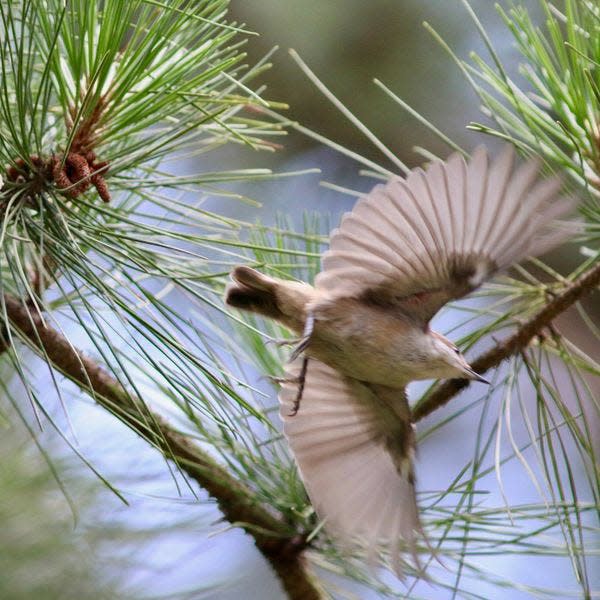
High in the dead branches of the shortleaf pine trees outside the Daniel Boone National Forest’s old ranger station is a pair of brown-headed nuthatches that are well outside of their historical range.
The songbirds, and a few generations of their ancestors, have been struggling to establish themselves in Kentucky for more than 20 years, expanding their turf from the piney mountains of Georgia or the lowlands of South Carolina, first into Tennessee.
A few stragglers — vagrants, they’re called in the birding world — have landed in Kentucky and have tried to make their nests here. Back in the mid-to-late 1990s it was near the Wolf Creek Dam in Russell County.
More: Gerth: Natural garden or nuisance? City fines Prospect woman after front yard draws ire
But the pine trees died — perhaps because of the southern pine beetle that has ravaged pine trees throughout the South (and in my backyard) — and the bird either died with the trees or moved on.
One breeding pair of the tiny little nuthatches tried to make a stand of it in Western Kentucky near the lake region, but the two of them are gone now.
There’s been a breeding pair outside the ranger station in London for nearly 20 years — across the street from an old Chevy franchise and wedged between an empty field and a Save A Lot grocery.
But a group of birders are worried that a road project designed to improve U.S. 25 in London and fix a janky intersection where a state road joins up with the federal highway at a 45-degree angle, will spell death for the pair of birds.
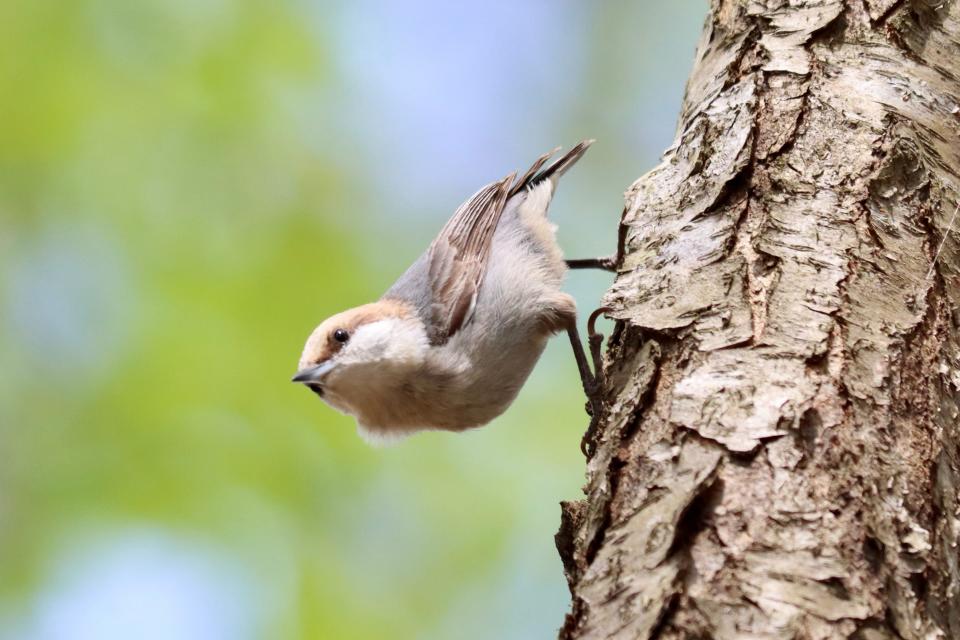
The ranger station has been abandoned and is set to be torn down, along with other buildings there, and rebuilt on the same property it now shares the birds — but farther away from the road.
More: Gerth: Kentucky senators cut food stamps, then enjoyed a pizza party on taxpayers' dime
What is certain is that some of the stand of pines where the birds live — and possibly most of them on the 5-acre tract — will come down.
“If they take the tree down while they’re nesting, there is a very good chance they could kill the birds,” said Frank Renfrow, a semi-retired piano tuner from Northern Kentucky and a birder who has studied the brown-headed nuthatch and written for birding magazines about its expanding range.
“If they cut all the trees down, they could go somewhere and look for other pine stands, or they could die. If they keep some of them, it’s impossible to know what will happen,” Renfrow said.
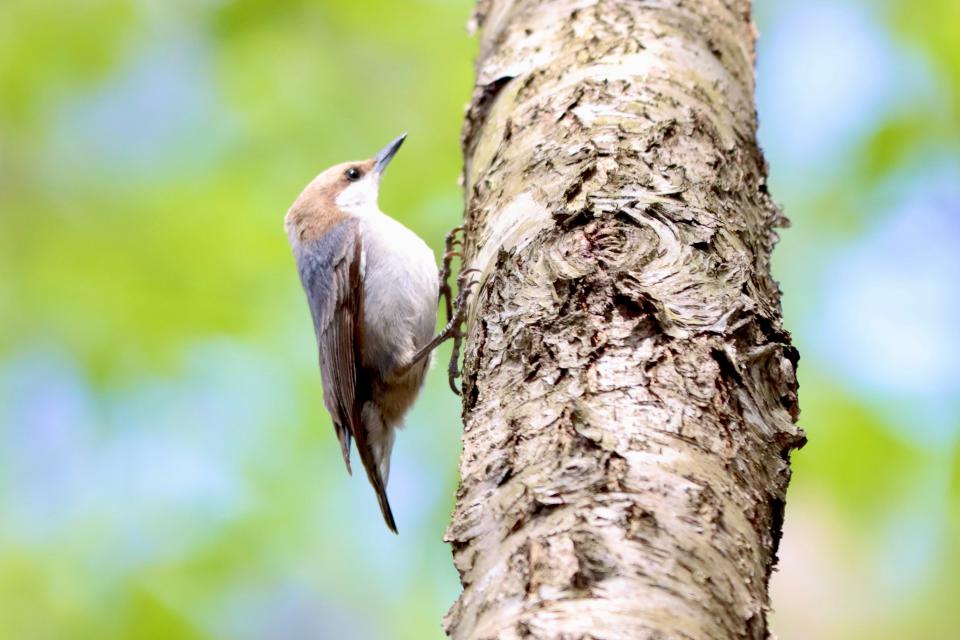
It's particularly troubling for birders because this is the same part of the state that saw the red-cockaded woodpecker go extinct in Kentucky two decades ago because their habitat here — old-growth pines — disappeared because of the pine beetle and the over-harvesting of lumber.
The birds are pretty interesting little creatures. They mate for life, and the males and females share nesting responsibilities. Sometimes in larger colonies, other birds will help tend nests. They feed on insects.
More: Why the Kentucky legislature’s war on Louisville could cost millions and jeopardize merger
According to the Georgia Department of Natural Resources, ornithologists believe the brown-headed nuthatch is the only bird in North America that regularly uses tools. They break off small pieces of pine bark and, holding the bark in their nibs, they use it to pry other pieces of bark away to find caterpillars, spiders and other snacks.
Renfrow estimates there are only three or four breeding pairs in Kentucky.
The birders have known about the plans to realign the roads and rebuild the ranger station for several years but went into panic mode this past weekend after Renfrow visited the site and saw trees there had been marked with blue paint.
There was a marking on the tree where the nuthatches have nested for several years.
He assumed the paint meant the state Transportation and U.S. Forest Service had decided which trees would be cut down, so he sent out word to other birders to raise a stink.
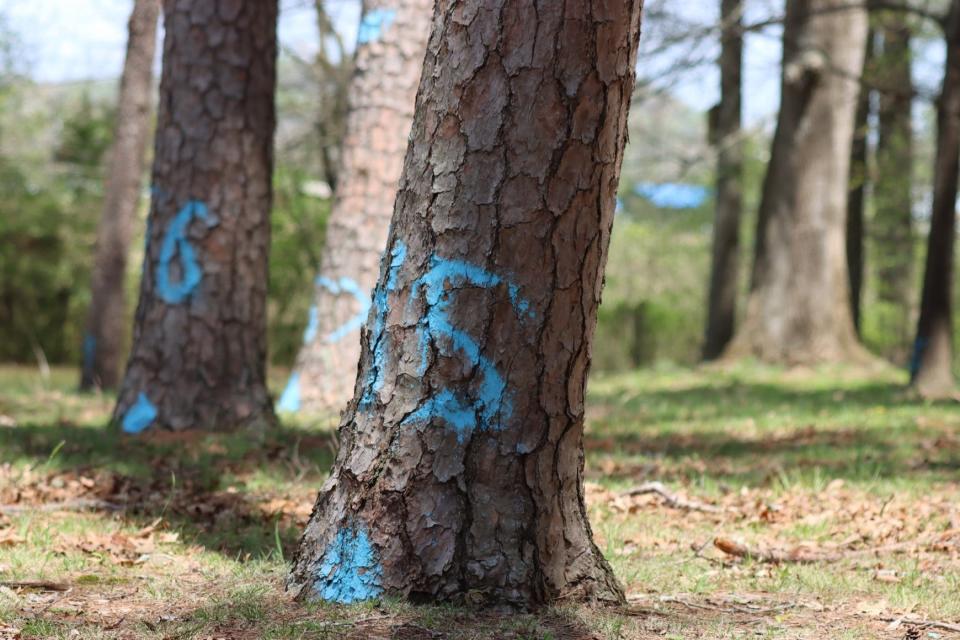
“Seems like the people that we would trust to save our environment, namely the state and federal governments, often do the worst things possible to it,” he wrote.
Bill Ryan, a supervisory natural resource specialist with the forest service, said the concerns are premature. He said the state plans haven’t been finalized nor have the forest service’s rebuilding plan.
He said the markings Renfrow saw were simply part of the process of inventorying the trees on the property as the governments finalize plans.
But he said, it’s assured that some trees will have to go.
“We would love to leave as many trees as possible,” Ryan said, before adding that the forest service will have to rebuild five or six buildings on the property. “That’s a lot of things to be put in a very small piece of ground.”
Brainard Palmer-Ball, the curator of the Kentucky Ornithological Society, said part of the problem with protecting the nuthatches is that they are not on any federal endangered species list because they are still abundant further south.
They’re just rare in Kentucky, he said.
The same pair of brown-headed nuthatches has been returning to the trees in London for about four years,” Palmer-Ball said.
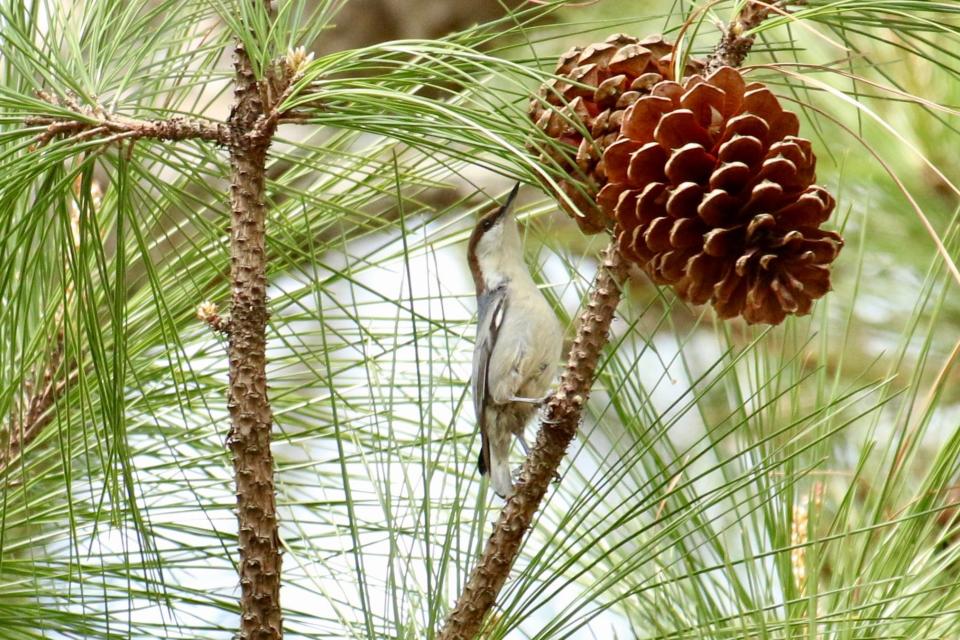
The birds might be safe until late summer after the birds and their fledglings leave the nest because the federal Migratory Bird Act prohibits disturbing active nests. (Ryan said it's doubtful the project will be far enough along to begin removing trees before then.)
But after that, Palmer-Ball said, there’s not much anyone can do to stop the trees from being removed.
“If it was a church sitting there, they wouldn’t touch it,” Palmer-Ball said of the government. “But it’s a nice little green area, and that’s not going to be the sacrificial ground for highway improvement.”
Joseph Gerth can be reached at 502-582-4702 or by email at jgerth@courierjournal.com.
This article originally appeared on Louisville Courier Journal: Kentucky road project could kill brown-headed nuthatch birds

